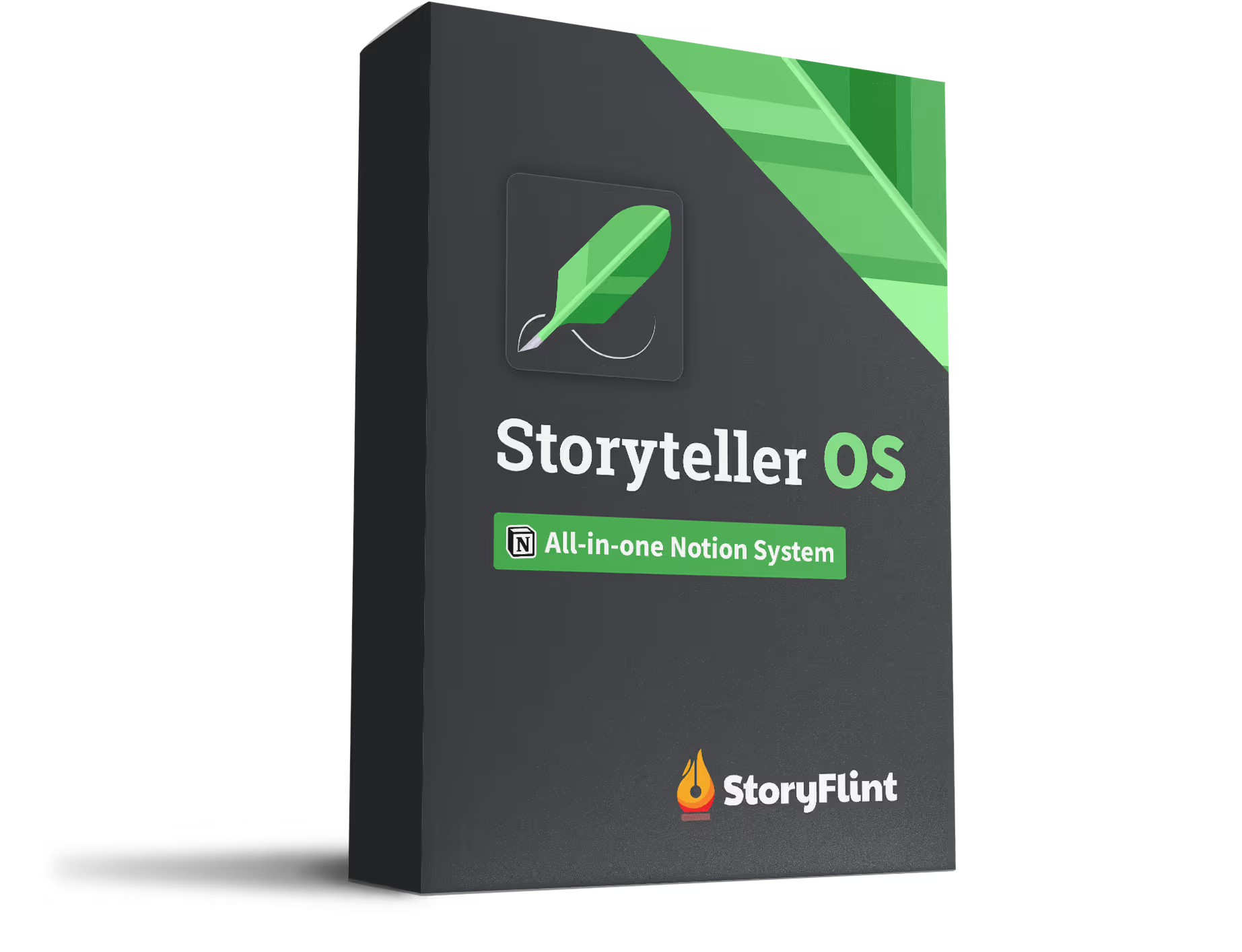Action isn’t the only way to create tension. Some of the most gripping moments in a story happen in total silence—through a look, an unfinished sentence, or the weight of something left unsaid. If every tense scene relied on a chase or a fight, things would start to feel a little... predictable. So how do you keep your audience on edge without tossing in an explosion? Here’s how.
1. Say Less, Mean More
What’s left unsaid is often more powerful than what’s spoken. A character dodging a question, answering too quickly, or forcing a smile that doesn’t quite reach their eyes can make a scene feel loaded. Let your audience pick up on the tension rather than spelling everything out.
2. Mess with the Pacing
Short, clipped sentences make a scene feel tense and uneasy. Long, drawn-out ones? They create hesitation, dread—like something’s creeping up just out of sight. Play around with sentence length to match the mood you’re going for.
3. Use the Five Senses (Especially the Weird Ones)
Tension is in the details. The hum of a fridge that suddenly stops. The sharp scent of rain when the windows are shut. The way someone grips their coffee mug just a little too tight. These little things clue your audience in that something’s off, even if they don’t know what yet.
4. Keep ‘Em Guessing
Nothing builds tension like not knowing what’s coming next. If your audience senses that something isn’t right—but you don’t tell them what—it cranks up the suspense. A locked door that was open earlier. A text that says “We need to talk” with no follow-up. Just enough uncertainty to keep them leaning in.
5. Let Characters Wrestle with Themselves
Some of the most intense moments happen inside a character’s head. Doubt, fear, or the weight of a decision they don’t want to make can turn even the simplest scene—like signing a document or waiting for a phone call—into a nail-biter. Let your audience feel that struggle.
Final Thought
Tension isn’t about how big the moment is—it’s about how much control, uncertainty, and anticipation you pack into it. A dinner conversation can be just as gripping as a high-speed chase if you do it right.
Now, go make your audience sweat. (In the best way, of course.)




